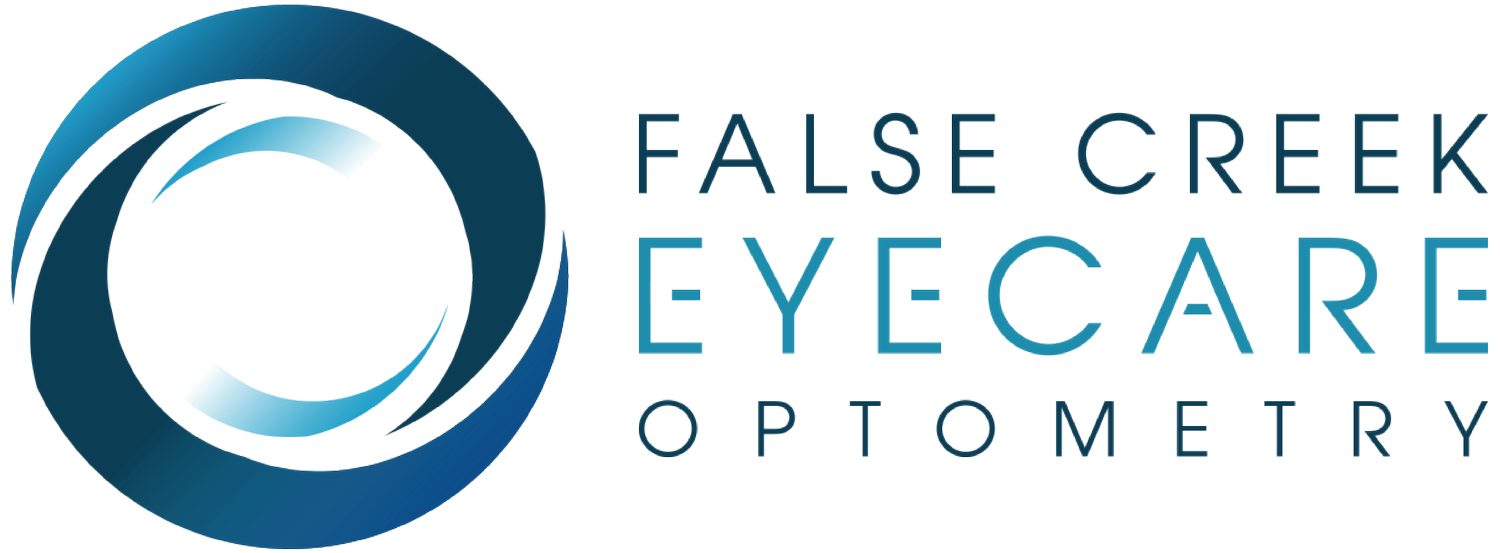
CONTACT LENSES
Contact Lens Exams
Contact lenses are not “one-size-fits-all.” Each contact lens fit requires careful evaluation of your prescription, age, corneal health and curvature, hobbies/lifestyle and any underlying eye conditions, such as dry eye, meibomian gland deficiency or allergies.
After our optometrist’s detailed contact lens evaluation to ensure proper fit and healthy corneas, you will receive all the benefits of our contact lens loyalty program.
Customized Options:
During an evaluation, our optometrists ensure that the lenses fit correctly, are comfortable, are giving you the best vision possible, and are best suited to your lifestyle and needs. For new wearers, one-on-one training with one of our skilled staff members will give you the knowledge to appropriately insert, remove and care for your new lenses.
Our optometrists specialize in contact lenses for those with astigmatism, presbyopia, dry eye and computer vision syndrome.
New Technology:
Contact lenses are always being updated, modified and improved, so if you’ve been wearing the same brand of contact lens for the last few years, our optometrists can fit you with a healthier, more comfortable contact lens.
Please call our office or directly book online.
Specialty Contact Lens Services
-

Multifocal
Multifocal contact lenses are a type of contact lens designed to correct presbyopia. These lenses contain multiple prescriptions in different areas of the lens, allowing the wearer to see clearly at different distances without having to switch between different pairs of glasses.
-

Myopia Control
Myopia control contact lenses are a type of specialized contact lens designed to slow down the progression of myopia (nearsightedness) in children and young adults. The lenses need to be properly fitted and monitored to ensure their effectiveness and safety.
-

Astigmatism
Astigmatism contact lenses are specially designed to accommodate the unique curvature of the eye and provide clear vision for those with astigmatism. These lenses have a toric shape, which means that they have different powers in different meridians of the lens.
-

Allergies
Allergy contact lenses are a type of soft contact lens designed for individuals who experience eye allergies or allergic conjunctivitis. This is the first and only medication-releasing contact lens for patients who suffer with itchy, dry eyes.
Contact Lens - How To Guide
1. Wash your hands!
Wash your hands with unscented soap. Rinse and dry your hands on a lint-free towel.
2. Check your contact lenses
Check the expiration date and seal. After removing the contact lens from the packet, check that it’s in the correct orientation (perform the taco test if you’re unsure!). Lastly, check that there are no tears or debris on the contact lenses.
3. Putting on new contact lenses
With the hand holding the contact lens, use one finger to gently hold down your lower eyelid. Carefully pull up your upper eyelid with your other hand and slowly insert the contact lens. Once placed on your eye, slowly release your upper eyelid and blink a few times to center the contact lens!
4. Removing your contact lenses
With clean and dry hands, use one finger to hold up your upper eyelid and use your other hand to pull down your lower eyelid. Carefully use your index finger to touch and slide down the contact lens to the lower white part of your eye. Gently squeeze the lens between your thumb and index finger to remove it.
5. Discarding vs Cleaning your contact lenses
Daily contact lenses should be tossed out after every wear! Bi-weekly and monthly contact lenses need to be disinfected and cleaned before storing. Never rinse your contact lenses with tap water. Using the pad of your finger, gently rub and wash your contact lenses with the correct solution. Store your clean lenses in a case filled with fresh solution.
6. Recycle your contact lenses
Collect your discarded lenses and blister packs in any re-usable or single use container/bag, and then drop them off at the clinic! (Make sure all excess liquids, such as contact lens solution, are removed.)







